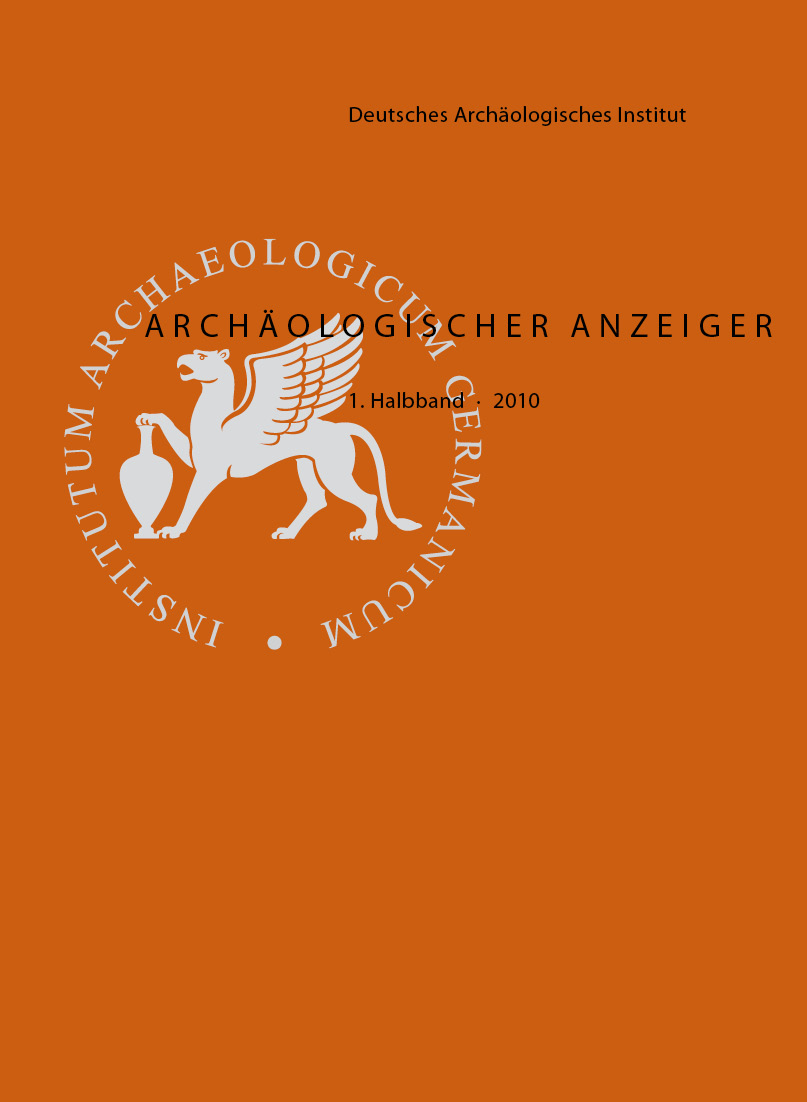The Church of Saint Michael at Germia (Galatia, Turkey). An Imperial Pilgrimage Sight and Its Provincial Surroundings
https://doi.org/10.34780/14b2-d9yu
Abstract
A new survey of the Church of St Michael, the pilgrimage site that centred on it and the surrounding countryside it has yielded the following results. Three different stages of construction can be identified at the church: an original structure with metropolitan characteristics dating from the early Byzantine period; localized repair work with wide arcades, probably carried out in the early Byzantine period, too; and a middle Byzantine conversion of the shrine into one of the largest domed churches in Anatolia. Apart from the church, a number of other ruins, by all appearances Byzantine, have been discovered at Germia and geophysical prospecting has been carried out at some of them. According to archaeometric analyses, the Byzantine masonry probably originated from ancient quarries which have been located at Germia and in the neighbouring Dindymon Mountains. In the surrounding countryside no ruins remain to be investigated, although ceramics, stonemasonary and inscriptions provide evidence of various settlement sites with a tradition reaching back into antiquity. A dozen new inscriptions from Germia date from the early Byzantine period when – apparently as a result of the pilgrimage – this previously unknown place grew into a polis and then into an autocephalous metropolis in the middle Byzantine period.


